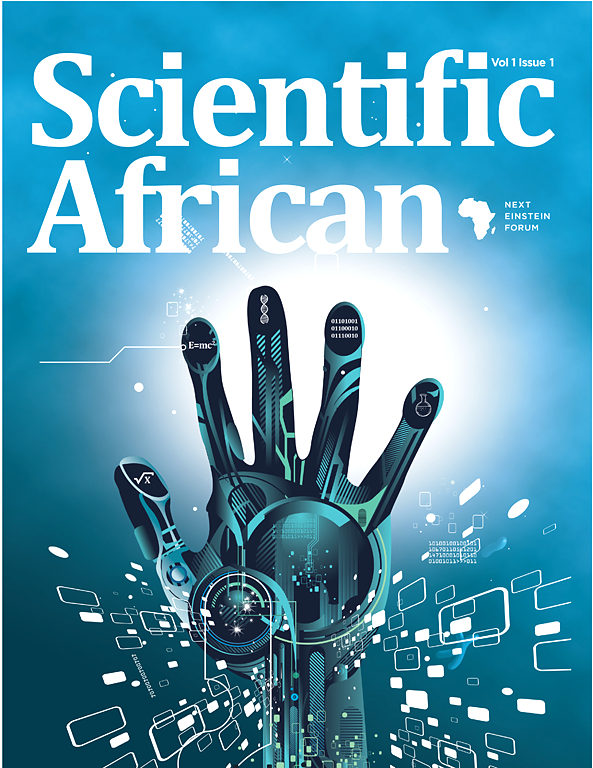Soil nutrient deficiency poses great challenge to efforts aimed at improving agricultural productivity in Southern Africa. Agroforestry fertilizer tree technologies have potential to improve soil productivity in cropping systems. As such understanding the socio-economic and biophysical drivers in promoting adoption, and use of Tephrosia vogelii (T. vogelii) would provide requisite knowledge to stakeholders who promote integration of fertilizer tree technologies. This study conducted an analysis of effectiveness of by-laws, other socio-economic drivers, and biophysical factors in promoting the adoption and use of T. vogelii in Kasungu district in the central region of Malawi. The study used multistage sampling technique and data from 432 farmers. A Double Hurdle model was used where Probit regression and Truncated regression models were incorporated in the first and second hurdle, respectively. The study found that by-laws, seed availability, frequency of extension officer's visits before planting, technology provider and field characteristics influenced adoption and utilization intensity of T. vogelii in Kasungu district, Malawi. Awareness creation on developed by-laws and enforcement, promoted the adoption of intercropping of T. vogelii in the maize-based cropping system.
DOI:
https://doi.org/10.1016/j.sciaf.2024.e02341
Dimensions Nombre de citations:

Année de publication
2024
Auteurs
Thebulo, C.D.; Njoloma, J.; Nyoka, I.B.; Bokosi, F.
Langue
English
Mots clés
soil nutrients, agricultural production, fertilizers, soil properties, cropping systems, innovation adoption, statistical analysis, postharvest technology
Géographique
Malawi


















